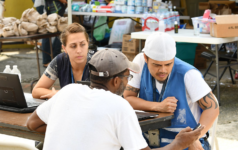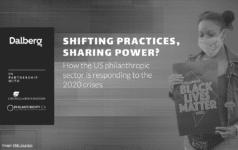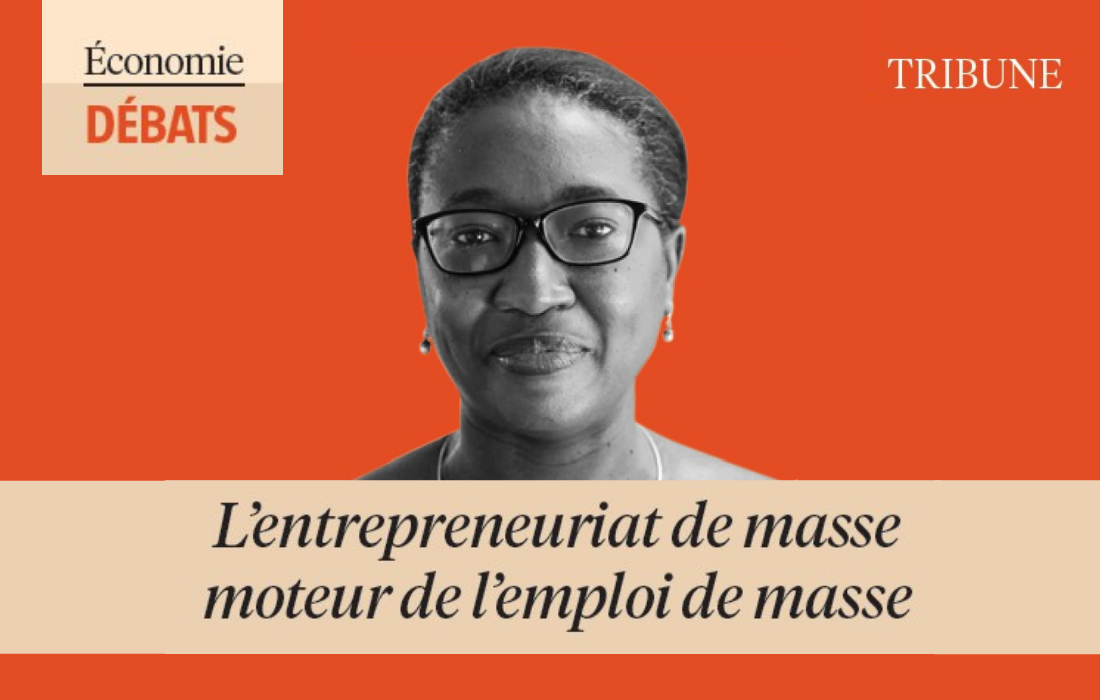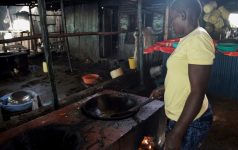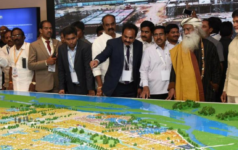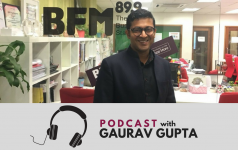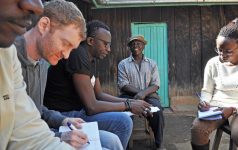Dalberg uses cookies and related technologies to improve the way the site functions. A cookie is a text file that is stored on your device. We use these text files for functionality such as to analyze our traffic or to personalize content. You can easily control how we use cookies on your device by adjusting the settings below, and you may also change those settings at any time by visiting our privacy policy page.
A newly-created ministry for international development engaged Dalberg to devise its first foreign assistance policy and strategy. This strategy is set to guide up to USD $20 billion in development and humanitarian assistance over a five-year period.
OUR APPROACH
At the outset, the team consulted widely with government ministries, foundations, and charities to define a commonly agreed upon set of objectives for the country’s foreign assistance tied to national goals and the global sustainable development goals. We established priority countries, sectors, and international partnerships using rigorous frameworks including criteria such as potential impact, fit with capabilities, alignment with national priorities, and ability to make genuinely distinctive contributions. The Dalberg-ministry team generated more than a hundred ideas for “signature initiatives”—distinctive programs that would be highlights of the strategy—and included the most promising of these.
To start, we conducted a landscape study of top OECD Development Assistance Committee countries and foreign assistance programs of emerging donors to identify learnings that were both relevant and transferable to the client’s foreign assistance strategy. We then undertook extensive quantitative and qualitative research of the client’s historical foreign assistance to understand its unique capabilities and constraints. We collaborated closely with government stakeholders, including various ministers and policymakers, to align policy and strategy priorities with domestic goals.
Based on our research and understanding of the client, we developed detailed processes to design and implement the foreign assistance program. We created a guiding policy paper and strategy document. The team then developed a roadmap and five years of budget projections for implementing the strategy with separate phases to allow for programs to be implemented while the ministry builds its capacities to deliver on other parts of the plan. We proposed organizational and governance structures for the new ministry, and we created a programming manual to set out the process for designing, implementing, monitoring, and evaluating programs and projects. In line with our commitment to seeing strategy through to action, we also trained ministry and donor staff on the strategy and their role in the implementation process.
RESULTS
The Foreign Assistance Policy will set out publicly, for the first time, the goals and objectives for the country’s foreign development and humanitarian aid. The strategy and roadmap will guide a path toward clear priorities and expected results over the next five years. Both the policy and strategy have been designed to build on the country’s existing strengths and capabilities, while also setting an ambitious agenda to become a leading global donor.
The final strategy aligned the client’s existing capabilities, the goals and interests of various ministers and policymakers, and the global imperative to take on new and bold initiatives that capitalize on donor capabilities. The strategy we devised is expected to enable the client to sustain its position as one of the world’s most generous bilateral donors, while improving the effectiveness of its aid.

